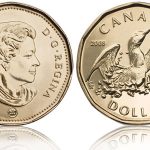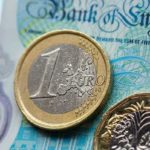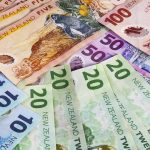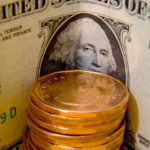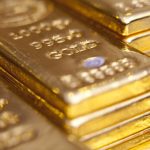 Gold tumbled back to the red side of the scale, erasing earlier daily gains, as positive U.S. data strengthened the dollar and supported outlook for earlier-than-expected deceleration of Feds Quantitative Easing program.
Gold tumbled back to the red side of the scale, erasing earlier daily gains, as positive U.S. data strengthened the dollar and supported outlook for earlier-than-expected deceleration of Feds Quantitative Easing program.
On the Comex division of the New York Mercantile Exchange, gold futures for August delivery traded at $1 274.55 an ounce at 14:49 GMT, down 0.20% on the day. The precious metal ranged between days high and low at $1 288.65 and $1 270.95 per ounce respectively. Gold was marking daily gains up to 10:30 GMT, when the first batch of positive U.S. economic data was published, causing the metal to start its descend. The fall continued further as more economic indicators came out at 12:00 GMT, offsetting prior gains based on Feds comments on the monetary stimulus.
The U.S. Commerce Department said that Durable Goods Orders stood at 3.6% for May, 0.6% higher than the 3% forecast, equaling Aprils 3.6% revised reading. Core durable goods (Durable Goods Orders ex Transportation), which exclude the more volatile transportation items, outperformed expectations of a decrease to 0%, standing at 0.7%. Last months revised reading stood at 1.7%. Core Durable Goods ex Defense also exceeded anticipations, surging to 3.5%, compared to the 2.7% forecast and Aprils 2.5% revised reading. Meanwhile, the S&P/Case-Shiller Composite-20 Home Price Index showed home prices jumped to 12.05%, surpassing 10.06% expectations and Aprils 10.85% revised figure.
Meanwhile, the U.S. Census Bureau reported at 12:00 GMT New Home Sales exceeded forecasts of a decrease to 0.460 million from last months 0.466 reading. Mays indicator unexpectedly rose to 0.476 million, supporting previous data for economic recovery.
The Conference Board, a market research group also reported today that Consumer Confidence in the U.S. reached a five-year high, going well above expectations. CCI stood at 81.4 for June, compared to 76.2 for the preceding month and surpassing projections of 75.
Upbeat U.S. data pointed at stable economic recovery in the U.S., which spurred speculation on a premature QE deceleration, offsetting previous sentiment that was based on Feds presidents backing the bond purchasing program. Narayana Kocherlakota, president of the Federal Reserve Bank of Minneapolis, said on Monday that the central bank was committed to continuing its asset purchasing program until the U.S. jobless rate shrinks further. His statement was also backed by Dallas Fed President, Richard Fisher, who said the recent concern and speculations about a premature stimulus deceleration was overdone.
An exit from the monetary easing program will deliver a massive shock to gold prices as the precious metal is used mainly as a hedging strategy against inflationary effects. Such can arise as a result of a loose monetary policy, like Quantitative Easing. However, last week U.S. economic data showed the inflation rate in the world’s largest economy was low and stable, which devalued the precious metals. Core CPI, which excludes the more volatile energy and food prices, rose only by 0.2% in May, compared to 0.1% in April and met projections. On an annual basis Core Consumer Price Index also met expectations and remained the same compared to May 2012 at 1.7%. CPI for May was even lower than anticipated and stood at 0.1%, below forecasts for a 0.2% increase.
Elsewhere on the precious metals market, silver, platinum and palladium marked daily gains, opposite to gold. Silver futures for September delivery traded at $19.605 an ounce, up 0.42% on the day. Prices ranged between days high and low at $19.813 and $19.435. Platinum October futures stood at $1 352.40 at 14:53 GMT, up 1.49%. The precious metal ranged between daily high and low at $1 361.55 and $1 328.05 an ounce. Palladium for September delivery marked a 1.50% daily gain at 14:55 GMT, standing at $667.50. The metal varied between days high at $676.70 and low of $659.60.
